US Critical Materials Corp. is pleased to report the results of a geophysics survey completed over the Sheep Creek Rare Earth Project in southwestern Montana (“Sheep Creek” or the “Project”). The airborne geophysics survey was completed by Precision GeoSurveys Inc. (“Precision”).
Project sample results demonstrate the potential for elevated grades of rare earth mineralization. In combination with these geophysics results, Sheep Creek now has the potential for both grade and tonnage. Recent sample results include Sample #21112 at 201,216ppm (20.1%). Total Rare Earth Elements (“TREE”), containing 28,330ppm (2.8%) combined neodymium and praseodymium (“Nd+Pr”), and 363ppm Gallium (“Ga”), and Sample #21099 at 182,255ppm (18.2%) TREE, containing 32,750ppm (3.3%) combined Nd+Pr ,and 348ppm Ga .
Project sample results demonstrate the potential for elevated grades of rare earth mineralization. In combination with these geophysics results, Sheep Creek now has the potential for both grade and tonnage.
Highlights from the Geophysics and Geological Programs
- Geophysics suggests structural continuity along strike and possibly depth in new geophysical exploration targets that could possibly host additional carbonatite bodies.
- Concentration of carbonatite bodies suggests the possibility of additional undiscovered zones. The geophysical survey identifies seven locations warranting further exploration.
- Carbonatites contain few magnetic minerals compared to host rocks and could show as negative anomalies in magnetic studies.
- Supports case for focused drill program to test structures identified at surface, present in the historic underground workings, and possible deeper geophysical targets identified in the survey.
Survey Scope and Methodology
The survey covered approximately 8 kilometers by 7.45 kilometers in size, which represents a total area of approximately 59.5 square kilometers. The survey was flown with 100-meter line spacing on the survey lines at a heading of 044°/224°, and with 1,000-meter line spacing on the tie lines at a heading of 134°/314°. A total of 658-line kilometers of high resolution magnetic and radiometric data were collected by helicopter.
The survey was designed with the objective of identifying targets that correspond to a pattern and delineate geological structure as it relates to the magnetic and radiometric data. To accomplish these objectives, Precision took the following steps:
- Gridded and plotted magnetic data, radiometric data, and topography onto maps in Geosoft.
- Identified correlations in geology between potential target areas by utilizing historical geologic information.
- Identified zones with similar magnetic signature, orientation, and geologic setting.
- The vertical magnetic gradient (CVG) and the horizontal magnetic gradient (CHG) were calculated from the reduced to magnetic pole (RTP).
- Preliminary structures were identified based on the RTP and the derivative data (CVG & CHG).
- An upward continuation filter and a downward continuation filter were performed on the RTP data.
- Interpretation of structure and features were compared to the various grids produced by the different data processing steps.
- Radiometric data were overlain to compare and determine any correlation.
Geophysical Interpretation Results
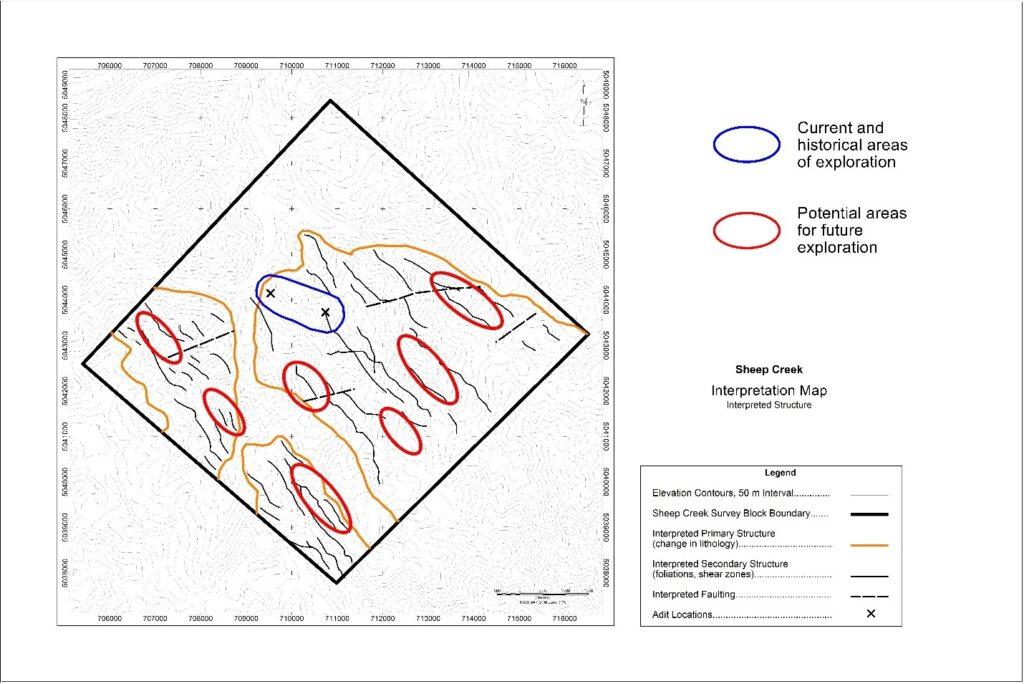
Figure 1: Interpreted structure of the Sheep Creek survey area.
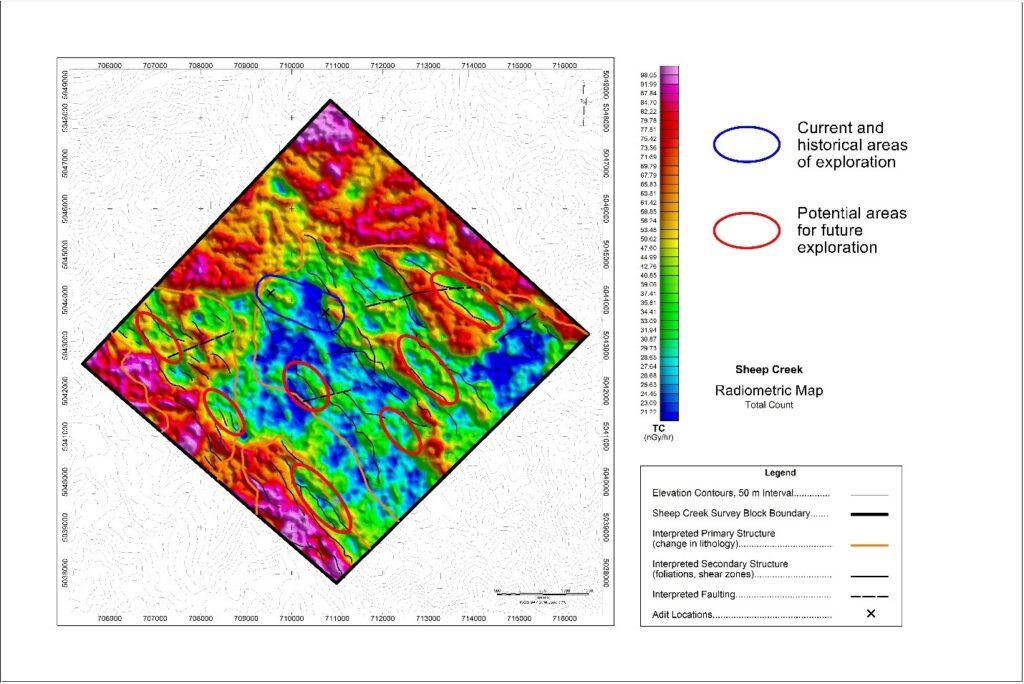
Figure 2: Reduced to magnetic pole with potential target areas.
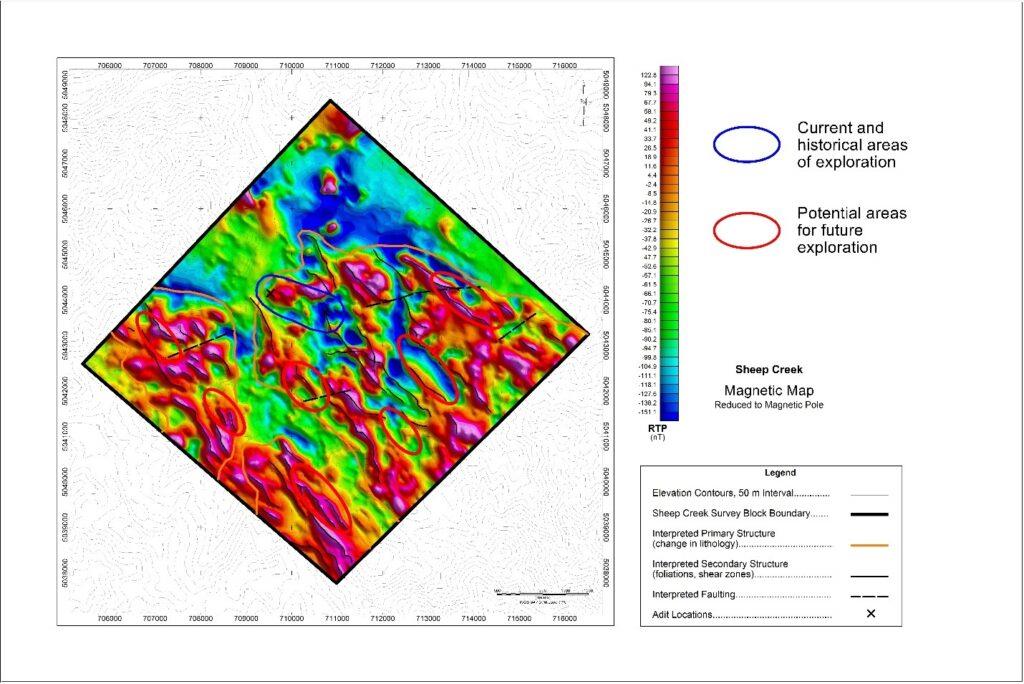
Figure 3: Total Count with potential target areas.
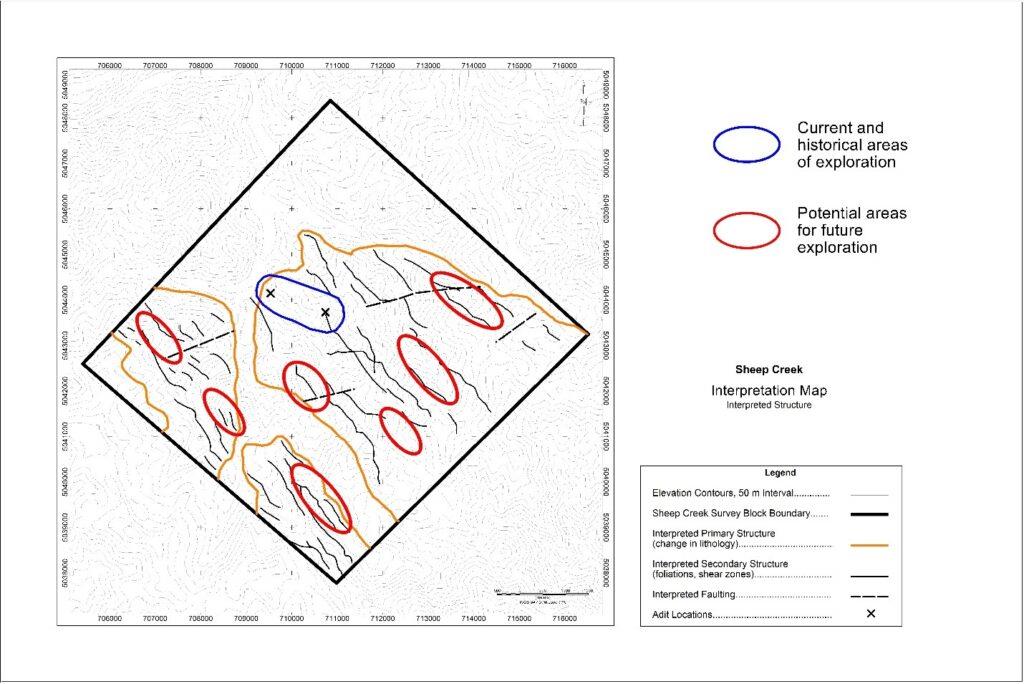
Figure 4: Potential target areas within the Sheep Creek survey area.
Sheep Creek Carbonatitles Assay Up To 20.1% TREE and 363ppm Gallium
US Critical Materials Corp has received the results for the surface sampling completed at the Sheep Creek Rare Earth Project in southwestern Montana (“Sheep Creek). The company received analytical results for 69 samples including 43 grab/rock chip samples and 26 rock channel samples. The channel samples range from 1 to 9 feet in width. Samples were analyzed by Activation Laboratories (“Actlabs“), located in Ancaster, Canada.
The sample results were assayed multiple times to confirm the presence of gallium (Ga), a highly sought-after and strategic mineral in the US. The US currently imports 100% of its gallium and China controls about 98% of the global market for gallium (Source: U.S. Geological Survey, Gallium Statistics, and Information, 2024). Gallium is used for semiconductors, 5G technology, smartphones, satellite systems, critical photonics technologies, and military radar systems. The list of critical minerals identifies gallium as a major U.S. supply risk.
Figures 1, 2, 3 and 4 summarize results for the sampling program and map the location of the samples in terms of TREE, Ga, and Nd+Pr. Notwithstanding the sampling work done to date, a significant amount of the Project remains unexplored and remains prospective for these elements. All exploration work was completed in compliance with US Forest Service requirements.

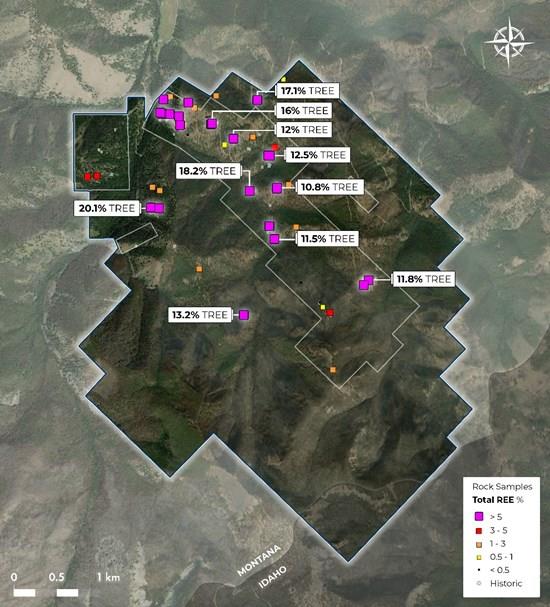
Figure 2. Location and Total TREE values for samples collected from surface carbonatite exposures, Sheep Creek Project, Ravalli Co., MT (white boxes highlight higher grade samples)
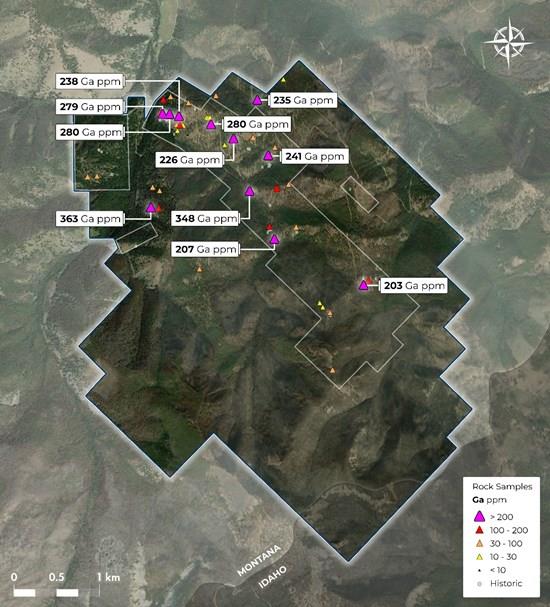
Figure 3. Location and Gallium values for samples collected from surface carbonatite exposures, Sheep Creek Project, Ravalli Co., MT (white boxes highlight higher grade samples)
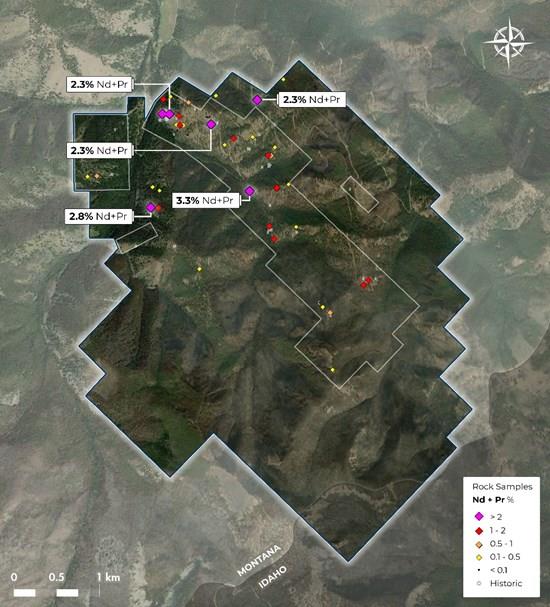
Figure 4. Location and Nd+Pr values for samples collected from surface carbonatite exposures, Sheep Creek Project, Ravalli Co., MT (white boxes highlight higher grade samples)
Highlights from the Surface Sampling Program
CRADA with Idaho National Laboratories (INL)
Management Commentary
Mr. James Hedrick, President of US Critical Materials Corp., comments: “The geologic model for Sheep Creek continues to be confirmed by this geophysics survey. This is a rare type of deposit within the US and has the potential to be a significant new source of rare earths required to support multiple essential industries.”
“In addition to the neodymium and praseodymium present at Sheep Creek, the detection of gallium represents a significant exploration success and has the potential to become a domestic source of this critical mineral for the U.S.” Hedrick went on to state
“We are currently evaluating various extraction methods through our work with Idaho National Labs (INL) and look forward to further assessing their economic potential.
Not only is there high-grade gallium on the surface, but there are also significant gallium sample results in adits (tunnels) 150 feet below the surface gallium results. This indicates that there is a strong possibility that the gallium from the surface connects with the gallium sampled in the adits 150 feet below the surface.”
Quality Control and Quality Assurance
The samples were analyzed by Actlabs, located in Ancaster, Canada. Actlabs is an independent ISO/IEC 17025 certified laboratory. Internal standards and blanks were inserted for all REEs and major elemental oxides. Additional standards were inserted by the Partners and are in good agreement with the standard’s certified values. All samples were ground to 95% -200 mesh to ensure complete fusion with lithium metaborate/tetraborate and analyzed by ICP-OES and ICP-MS. The Zr-Nb-Ta-Hf are semi-quantitative owing to P2O5 values in excess of 0.3%.
Additional information relating to Actlabs’ analytical and testing procedures can be found at www.actlabs.com. Actlabs’ Quality System monitors all steps and phases of the operations. Quality Assurance program covers all areas of sample transportation, collection, preparation, analysis, and data reporting.
Conclusion
Carbonatites at Sheep Creek are valuable for their light rare earth content including neodymium and praseodymium, and contain significant amounts of niobium, strontium, and gallium. The carbonatites show mineralization that indicate higher rare earth element content compared to surrounding rocks. Unlike many other carbonatites, they also contain low amounts of thorium and therefore have a limited radiometric signature, making them easier to identify in this area. The geophysical survey has identified seven new un-explored targets that suggest lateral continuity along strike and possibly at depth.
